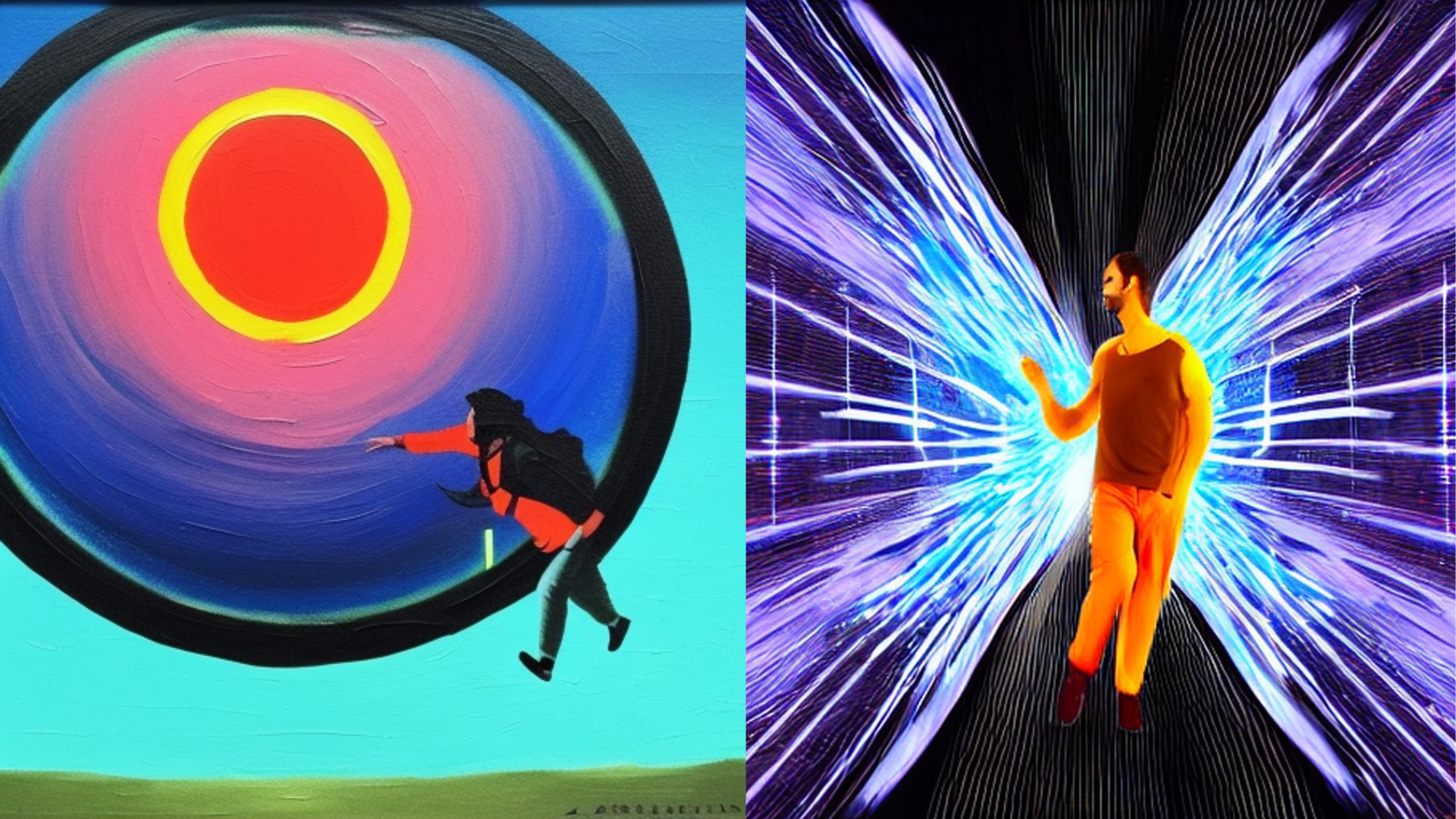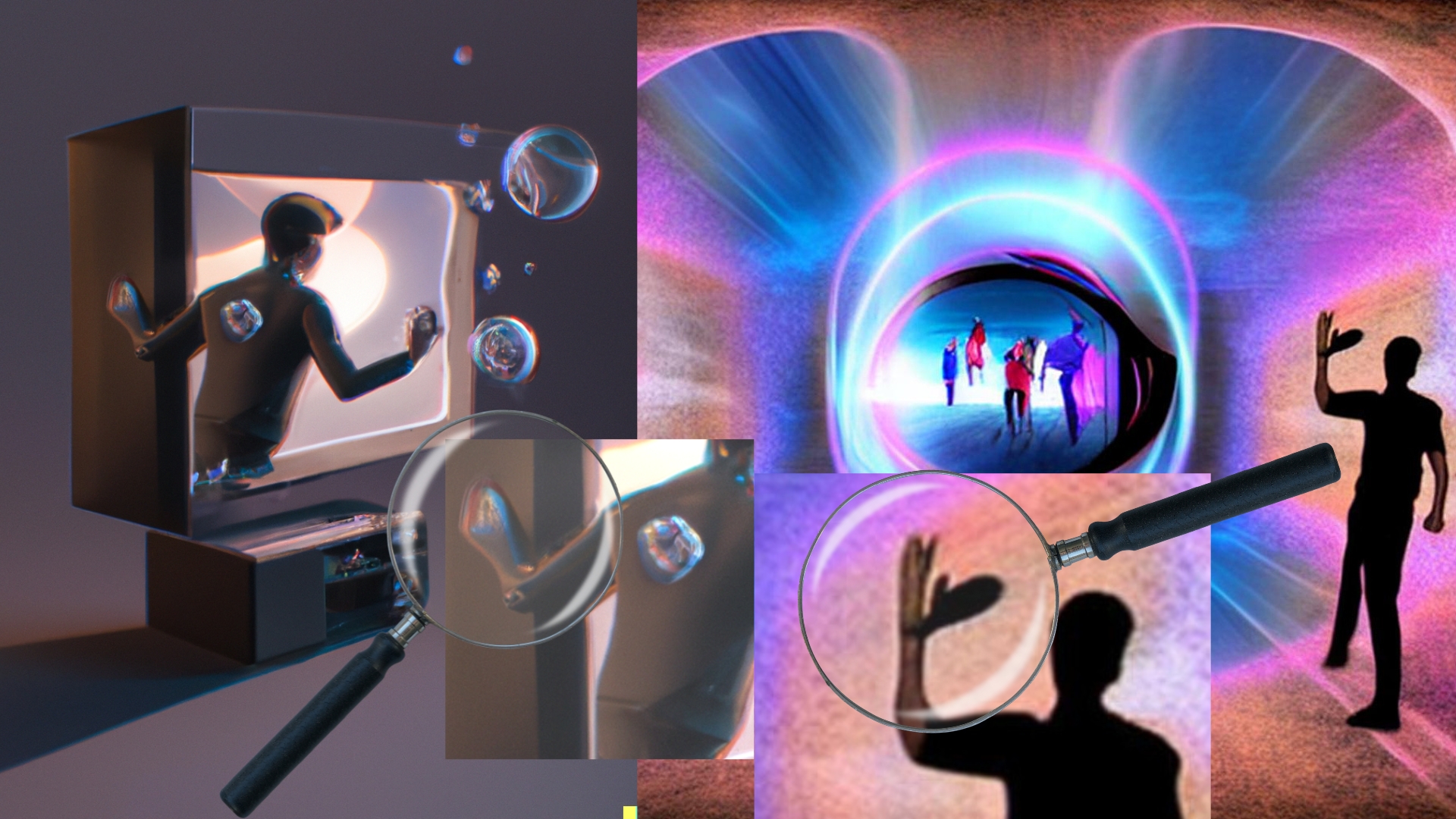I tested five AI art generators – and they convinced me to buy a graphics tablet
AI is a neat tool, but still leaves you to do the heavy lifting

Amidst all the discussion lately about AI programs such as ChatGPT, the emergence of a large number of AI art generators has led many to wonder if the future of visual arts might lie in the hands of our robot friends.
But is AI really a good enough artist to replace the human hand?
While we’ve put AI art generators to the test to determine how good they are (or aren’t) as photographers, we haven’t yet got to the bottom of how good these programs actually are as digital artists. So naturally, I decided to put a handful of the top generators to the test in order to find out.
Is Artie a worthy Picasso?
Although I might not be a professional artist, in recent years as a writer I’ve developed a passion for working with images and art to help me tell stories. I don’t quite subscribe to the belief that ‘a picture is worth a thousand words’, but I’m certainly a believer that a good image is invaluable to helping those thousand words be told.
To help me determine AI’s ability as an artist, I first had to decide on a prompt to give my new AI friends. These art generators work via a ‘text to image’ model, where you give the AI an idea in your own words, an art medium you’d like to see your idea imagined with, and hit generate to see the results. For my prompt, I landed on “a man being pulled into a portal through his television screen” alongside ‘digital art’ as my artform of choice.
To then measure the AI’s ability as an artist, I obviously had to consider the quality of the art it offered up but, more importantly, determine how well the AI managed to interpret and imagine my prompt as a key measure of its potential.
Working with some of the most popular AI art generators – including Dall-E 2, Midjourney and Wombo Dream – as well as the art generator features offered by design apps Canva and Picsart, I didn’t quite see the results I had anticipated.
Sign up for breaking news, reviews, opinion, top tech deals, and more.
For starters, AI appears to lack imagination. For example, each generator we tested failed to deliver what I had asked for with any kind of precision – giving me either an image of a man on TV, looking at a TV, or something else entirely.

The closest to providing the desired output was Midjourney, which at least appeared to better understand what I had asked – even while still not quite ticking all the boxes.

However, even Midjourney’s examples suffer from a common AI artist problem...
Baby, you make me wish I had three hands!
While there are a number of areas where AI artists fall short, arguably none are more prominent (and/or obvious and funny) than AI’s inability to accurately replicate human hands.
In a clear sign of the times, news organization Reuters was recently compelled to fact check images circulating the internet that purported to show a ‘Satanic Fashion Show’ held during New York Fashion Week, with some social media users apparently duped into believing the fake images were real.
New York Fashion Week: Almost as if they're trying to tell us something 👹👀 pic.twitter.com/bmbIXcPGinFebruary 21, 2023
But onlookers could have figured out the images weren’t real themselves thanks to one easy tell – the hands.
And true to form, the results of my experiments served up plenty of problematic hands too:

In a vacuum, this might not be a deal-breaker, especially since many human artists likewise struggle with drawing or painting the human hand. But where it becomes an issue is when considering it alongside the other limitations of AI art generators particularly in the area of imagination.
Even by simplifying my prompt even further, the results weren’t as desired, as adapting the prompt to the simpler “man enters portal through television” failed to return accurate results. In every case, AI appears capable of understanding each of the individual components but can’t ‘imagine’ how to then put these components together to form the desired image.
The pattern of AI thought appears to be a simple box-checking process – whereas the human mind can understand the underlying meaning and imagine how to get the desired result more directly.
With AI failing at both the ‘imagination’ and more technical specifics of producing art, is it really an effective replacement for real artists?
I’d argue no – but my time with AI image generators did inspire me regardless.
Tough pills to swallow
Ultimately, the more AI failed at producing the desired results from my prompt, the more convinced I became that humans can do better.
I was so convinced, in fact, that I decided to put my money where my mouth is and invest in one of the best drawing tablets so that I can make my ideas come to life – without the help of AI to even greater extents.
The control this offers would be valuable enough, but it also solves any problem of ownership inherent to working with AI.
If you plug an idea into an AI art generator, and it spits out results from which you happen to find one that suits you, is that art actually yours?
That’s a tough question to answer, but my time with AI art generators has definitely made one thing clear: while AI can potentially help you become a better artist by giving you inspiration and helping you develop ideas, it isn’t a better artist than you or I can be. All things considered, in its current state, AI is a more convincing art assistant than it is a replacement.

James is a senior journalist with the TechRadar Australia team, covering news, analysis and reviews in the worlds of tech and the web with a particular focus on smartphones, TVs and home entertainment, AR/VR, gaming and digital behaviour trends. He has worked for over six years in broadcast, digital and print journalism in Australia and also spent time as a nationally recognised academic specialising in social and digital behaviour trends. In his spare time, he can typically be found bouncing between one of a number of gaming platforms or watching anything horror.